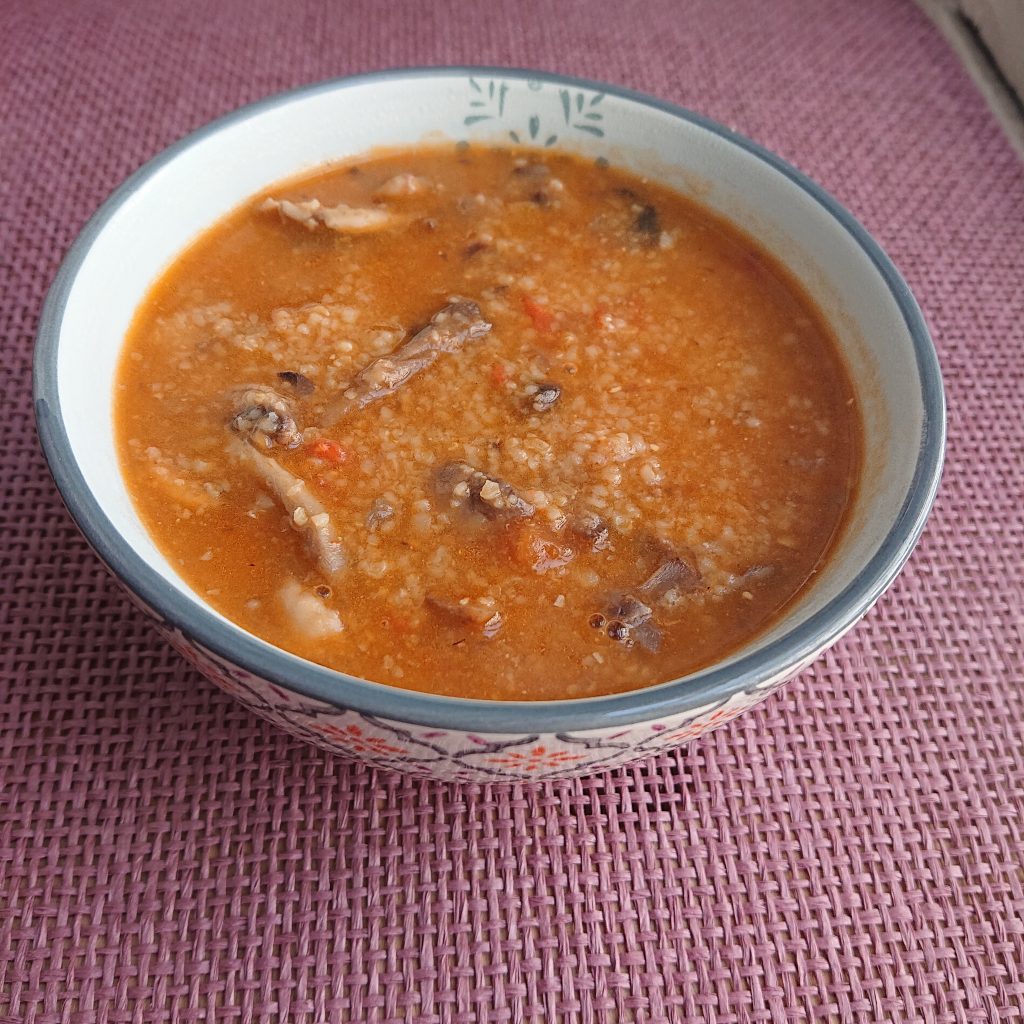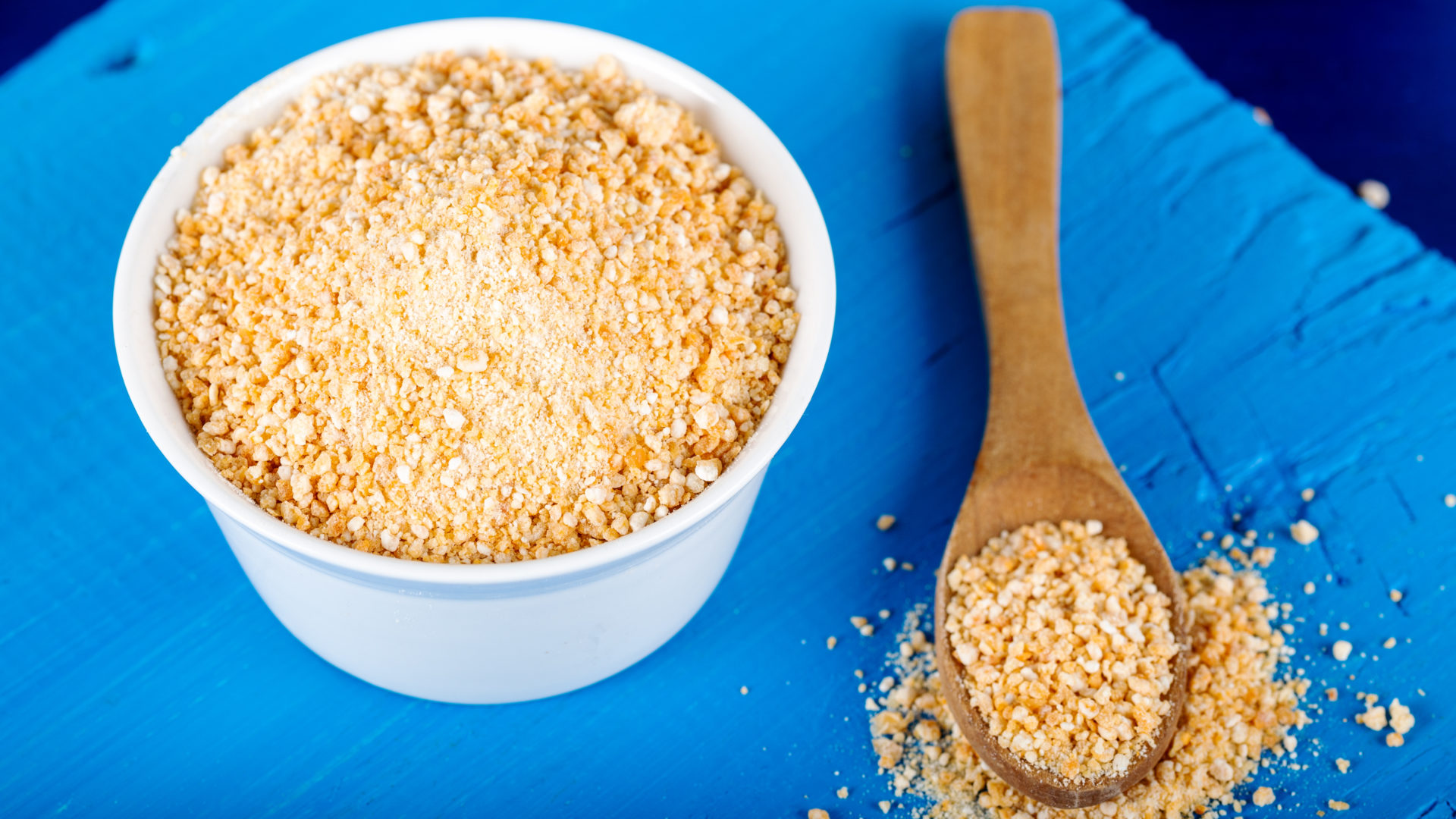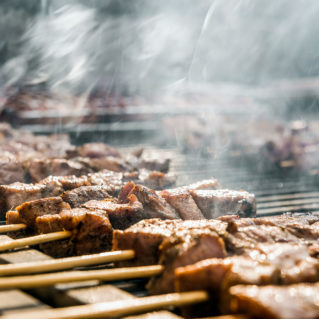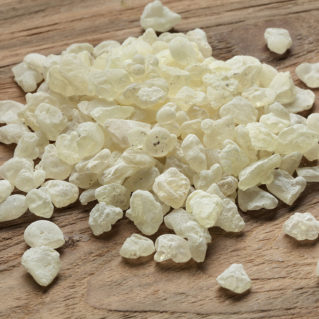Trahana are a type of pasta that is usually made of flour and milk or yogurt. We find it in the form of granules that are 2-3 mm in size. There are several varieties of trahanas that are most often related to the materials from which they are made. For example, there is the sour, the sweet, the thick, the thin, the appropriate for lent.
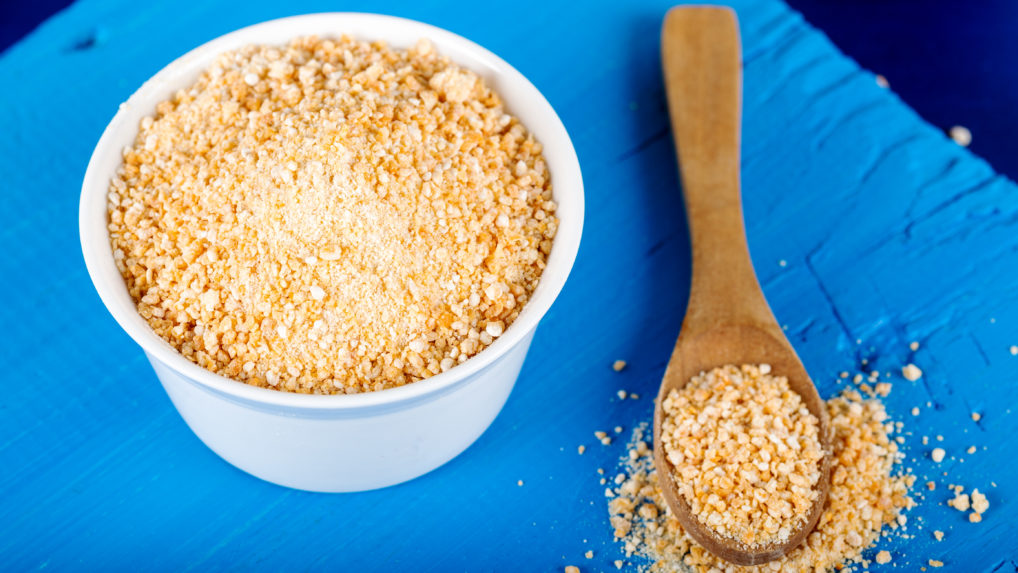
There is not a single version of where the name trahanas came from. Some consider it to be related to the greek word “τρακτόν” (tracton). Apicius, who describes us roman and ancient greek gastronomy, from the 1st century AD. mentions a viscous porridge called a “tracta” that thickens any sauce. Others consider it related to the word “τραγός/τραγανό” (crunchy). According to another version, trachanas originated from the eastern Mediterranean region and was called “tarhaneh” by “tar” which means liquid and “haneh” which is edible. Trahanas played an important role in the nutrition of previous generations because, in addition to its nutritional value, it was an economic solution, especially in times of war and crisis. However, the past decade has become a gourmet, and it is used in international chef dishes.
The preparation
It is made by mixing flour, yogurt and sour milk, while cooked vegetables, salt or other spices can be optionally added. The mixture is kneaded, dried and finally ground and sieved. A characteristic step in the preparation of trachana is its drying. In order to dry, it must be spread out to have the largest surface area and to dry faster. This is how the phrase in greek modern “aploni trahana” (spreads trahana) has remained for someone who is systematically late.
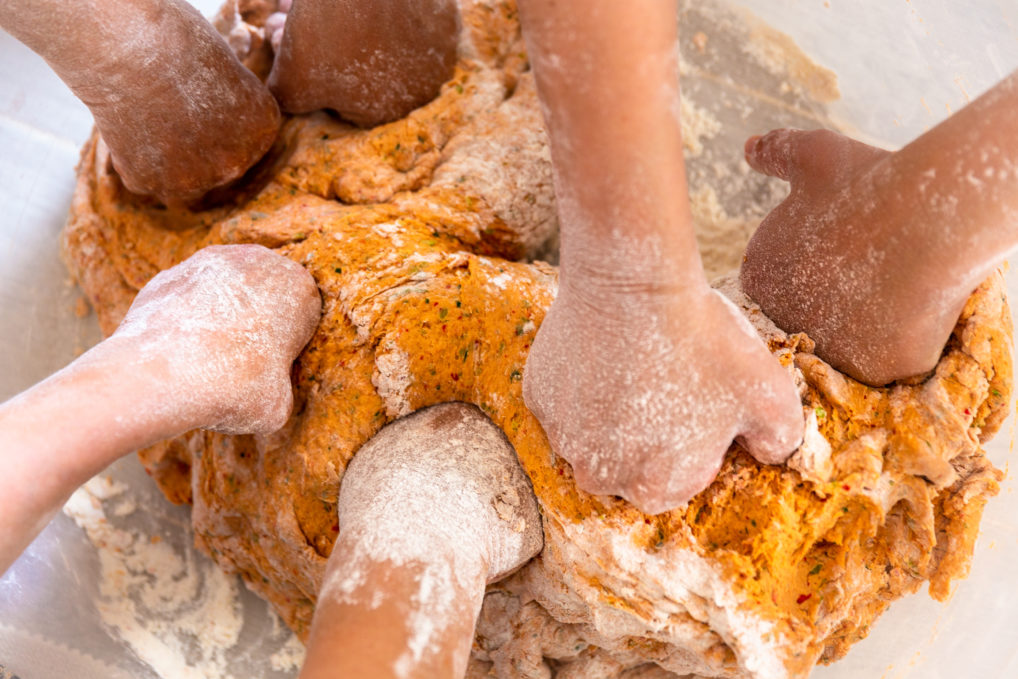
The benefits
Trahanas is a fairly nutritious, low-calorie and low fat product. It is high in carbohydrates, fibres and protein among others. It is quite nutritious for children because the presence of milk in its preparation substantially increases the amount of calcium.
- It has a nutritional value similar to meat because it is made from milk or yogurt
- Because of milk it is high in calcium and a good source of absorbable iron
- It contains dietary fibres that help the health of the intestine and the digestive system in its entirety
- It does not contain high fat or high cholesterol levels
- It contains phosphorus that protects against osteoporosis
- Finally, it contains folic acid to aid in cell growth, red cell production and DNA synthesis
How do we cook them
It is usually cooked as a soup either thickened or with plenty of water adding a few slices of feta. It accompanies ideally meat or vegetables dishes if you want to replace rice for example. We can make trahana with tomatoes, trahana with onions, tomatoes and mushrooms, while we can make a beautiful vegetable trahanotto.
